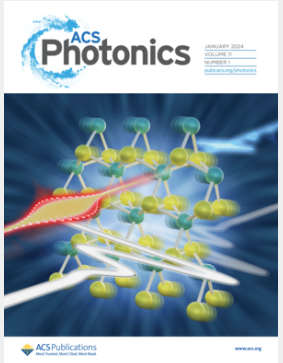PTLOR-Net: Physical Transfer Learning Based Optical Response Prediction Network of Metasurfaces
IF 6.5
1区 物理与天体物理
Q1 MATERIALS SCIENCE, MULTIDISCIPLINARY
引用次数: 0
Abstract
Accurate and rapid optical predictions of metasurfaces are essential for assessing their performance. However, traditional data-driven models depend on large-scale data sets and necessitate retraining of parameters for different data set paradigms. Furthermore, these models are often limited in generalization and transfer abilities due to neglecting physical prior knowledge and spatial-physical correlations in data. This paper addresses these challenges by introducing the physical transfer learning based optical response prediction network (PTLOR-Net) of metasurfaces, consisting of the physical representation model (PRM) and the fusion-prediction model (FPM). The encoder of PRM captures physical information applicable across many optical scenarios under the constraints of governing equations, while the FPM integrates multiscale features and maps them to predict optical responses. PTLOR-Net can transfer knowledge across similar and different types of data sets, which facilitates the physical transfer from all-dielectric metasurfaces to metasurfaces or absorbers at different frequency bands. Remarkably, with merely 1800 samples, the PTLOR-Net can effectively predict the absorption spectrum of the absorbers with high degrees of freedom (DOFs)─a 10-fold reduction in training data compared to conventional neural networks. Additionally, the generative model integrated with the PTLOR-Net achieves the inverse design of the absorber and further verifies the effectiveness of the prediction.

求助全文
约1分钟内获得全文
求助全文
来源期刊

ACS Photonics
NANOSCIENCE & NANOTECHNOLOGY-MATERIALS SCIENCE, MULTIDISCIPLINARY
CiteScore
11.90
自引率
5.70%
发文量
438
审稿时长
2.3 months
期刊介绍:
Published as soon as accepted and summarized in monthly issues, ACS Photonics will publish Research Articles, Letters, Perspectives, and Reviews, to encompass the full scope of published research in this field.
 求助内容:
求助内容: 应助结果提醒方式:
应助结果提醒方式:


